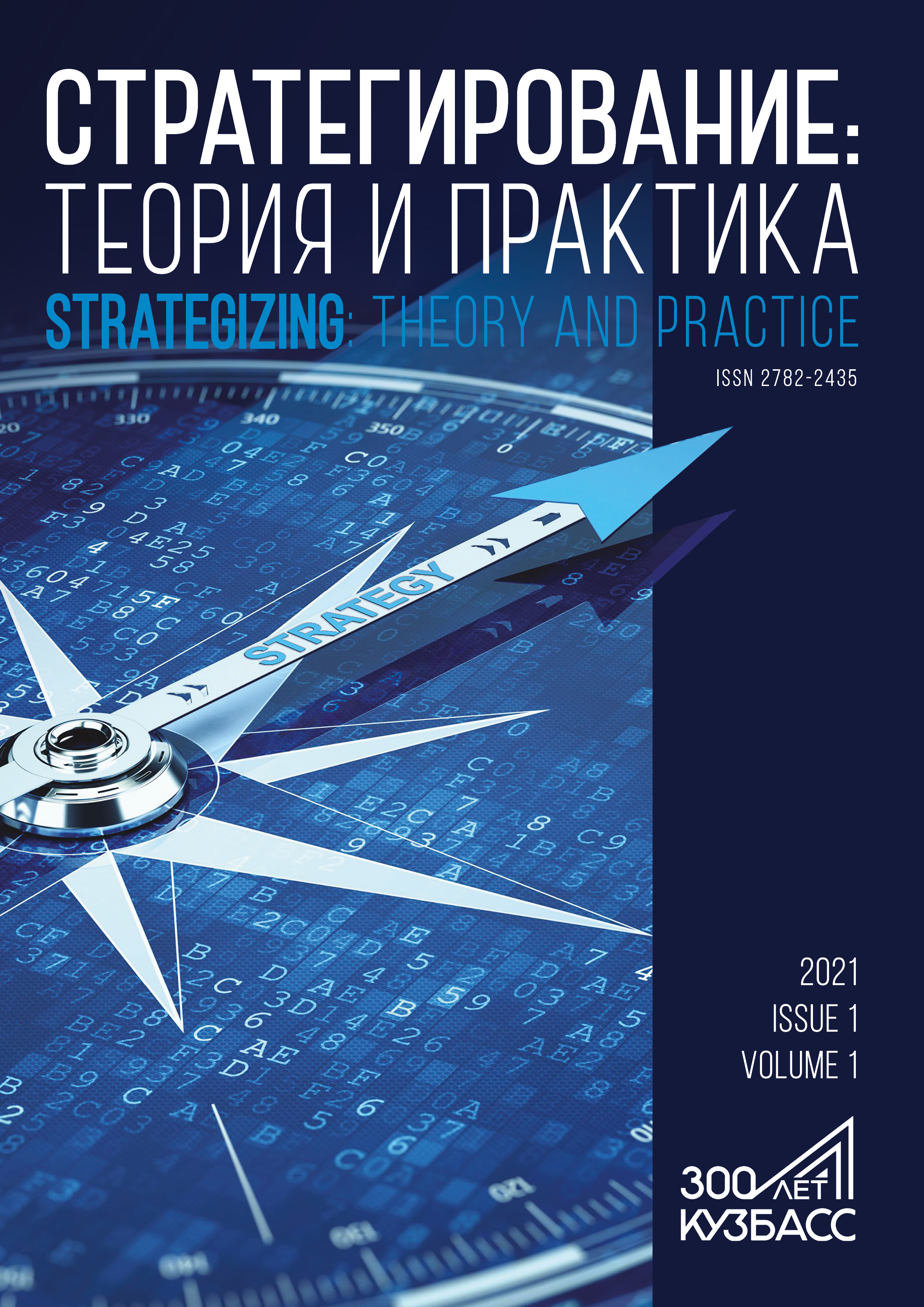Moscow, Moscow, Russian Federation
Strategic trends and patterns change the organizational, consumer, and instrumental landscape of the light industry and fashion companies. The current development of strategic branding is connected with the humanity (empathy) trend. In strategic branding, success depends on the right strategic decisions and customers’ feedback. Companies need to track consumer behavior, select relevant strategic communication tools, and create personalized propositions if they want to provide a sensitive response to customer preferences in real time. The present research objective was to identify effective strategic priorities in brand humanity in textile, footwear, clothing, and fashion. The task is relevant because brand humanity remains understudied in the spheres of light industry and fashion. The research relied on such traditional methods as analysis, synthesis, abstraction, generalization, and comparison, as well as on the theory and methodology of strategizing developed by V.L. Kvint, Doctor of Economics and a Foreign Member of the Russian Academy of Sciences. The paper introduces a strategic concept for brand humanity development. This model can provide companies with a new image and improve their reputation. The article also contains some methodological recommendations that can find practical application in the corporate brand development.
light industry, fashion industry, strategy, strategic priority, brand
1. Kvint VL. Kontseptsiya strategirovaniya. T. 1 [The concept of strategizing. Vol. 1.]. St. Petersburg: SZIU RANKhiGS; 2019. 132 p. (In Russ.)
2. Kvint VL. The concept of strategizing. Vol. 2. St. Petersburg: SZIU RANKhiGS; 2020. 162 p. (In Russ.)
3. Kvint VL. Global emerging market: Strategic management and economics. Moscow: Biznes Atlas; 2012. 626 p. (In Russ.)
4. Chkhotua IZ, Khvorostyanaya AS, Sadovnichaya AV, Pyatovsky AA, Yumatov KV, Shevchuk AV, et al. Strategizing of the tourism and trade show industries in Kuzbass region. Kemerovo: Kemerovo State University; 2021. 371 p. (In Russ.) https://doi.org/10.21603/978-5-8353-2718-8
5. Khvorostyanaya AS. ESG-strategizing of industrial companies: domestic and foreign experience. Russian Journal of Industrial Economics. 2022;15(3):334-343. (In Russ.) https://doi.org/10.17073/2072-1633-2022-3-334-343
6. Khvorostyanaya AS. Foreign practice of light and fashion industry ESG-strategizing. Creative Economy. 2022;16(5):1863-1878. (In Russ.) https://doi.org/10.18334/ce.16.5.114637
7. Khvorostyanaya AS. Strategirovanie industrii mody: teoriya i praktika [Strategizing the fashion industry: Theory and practice]. St. Petersburg: SZIU RANKhiGS; 2021. 272 p. (In Russ.)
8. Angelini F, Castellani M, Pattitoni P. Artist names as human brands: Brand determinants, creation and co-creation mechanisms. Empirical Studies of the Arts. 2023;41(1):80-107. https://doi.org/10.1177/02762374211072964
9. Baudier P, de Boissieu E, Duchemin M-H. Source credibility and emotions generated by robot and human influencers: The perception of luxury brand representatives. Technological Forecasting and Social Change. 2022;187. https://doi.org/10.1016/j.techfore.2022.122255
10. Buckingham M, Vosburgh R. The 21st century human resources function: It's the talent, stupid! Human Resource Planning. 2001;24(4):17-23.
11. Carlson BD, Donavan DT. Human brands in sport: Athlete brand personality and identification. Journal of Sport Management. 2013;27(3):193-206. https://doi.org/10.1123/jsm.27.3.193
12. Close AG, Moulard JG, Monroe KB. Establishing human brands: Determinants of placement success for first faculty positions in marketing. Journal of the Academy of Marketing Science. 2011;39:922-941. https://doi.org/10.1007/s11747-010-0221-6
13. Dasgupta R. Financial performance shortfall, ESG controversies, and ESG performance: Evidence from firms around the world. Finance Research Letters. 2021;46. https://doi.org/10.1016/j.frl.2021.102487
14. Elkington J. Towards the sustainable corporation: Win-win-win business strategies for sustainable development. California Management Review. 1994;36(2):90-100. https://doi.org/10.2307/41165746
15. Graham KW, Pelletier MJ, Wilder K. Two faces of brand hate: Corporate vs. human brands: An abstract. In: Pantoja F, Wu S, editors. From micro to macro: Dealing with uncertainties in the global marketplace. Cham: Springer; 2022. pp. 513-514. https://doi.org/10.1007/978-3-030-89883-0_132
16. Jeong HJ, Kim J. Human-like versus me-like brands in corporate social responsibility: The effectiveness of brand anthropomorphism on social perceptions and buying pleasure of brands. Journal of Brand Management. 2020;28:32-47. https://doi.org/10.1057/s41262-020-00212-8
17. Portal S, Abratt R, Bendixen M. Building a human brand: Brand anthropomorphism unraveled. Business Horizons. 2018;61(3):367-374. https://doi.org/10.1016/j.bushor.2018.01.003
18. Giertz JN, Hollebeek LD, Weiger WH, Hammerschmidt M. The invisible leash: When human brands hijack corporate brands' consumer relationships. Journal of Service Management. 2022;33:485-495. https://doi.org/10.1108/JOSM-06-2021-0211
19. Thomson M. Human brands: Investigating antecedents to consumers' strong attachments to celebrities. Journal of Marketing. 2006;70(3):104-119. https://doi.org/10.1509/jmkg.70.3.104
20. White G, Nafees L. Is the influencer I follow human or robot? The value of computer-generated imagery influencers to luxury brands. GLIMS Journal of Management Review and Transformation. 2022;1(2):215-230. https://doi.org/10.1177/jmrt.221103552





